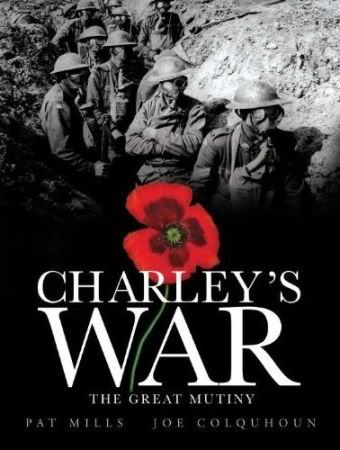
I really enjoy Chuck Klosterman's writing, and I really envy him the assignment that Spin sent him on some years back, basically driving from New York to Seattle through the South over the better part of a month to visit the sites of infamous fatalities in the history of rock. Not that I particularly care to see where the Big Bopper or Randy Rhoads were killed, or visit the place in Rhode Island where a crowd of a hundred was burned to death in a club, but given the chance to just drive and eat and think about life and write it up, I'd leap. I'd hope the resulting book would be a third as entertaining.
That said, it's really not a book about death, or death sites. Seeing the site of the Lynyrd Skynyrd plane crash might prompt some people into writing something profound, but not me, and not Klosterman, either. There are a few amusing or notable anecdotes that emerge from the actual places visited, but none really resonated with Klosterman more than the trip to Rhode Island. The funniest, for what it's worth, had to be the trip to the Chelsea Hotel, where the owner, politely but firmly, tells him to get lost.
No, this is a book about girls. Readers might get more out of it if they went through a hopelessly romantic and heartbroken phase in their late twenties and early thirties and memoired the hell out of the affairs that they wish they had, but basically, Chuck's got girl troubles, chiefly caught between two women that he's either seeing and loving too much and one whom he has not seen in some time and has not got over, and whom he's going to visit when he gets to Minnesota.
I think it's damn well written and very resonant of how I used to feel. If you don't attach any import to this kind of heart-on-your-sleeve yearning, this book will probably try your patience. On the other hand, if you've longed to either get back the love you put into something, or to drive across Montana and wish to have a vivid, funny writer tell you what that's like, this is definitely the book for you. Recommended for road trippers and romantics.






